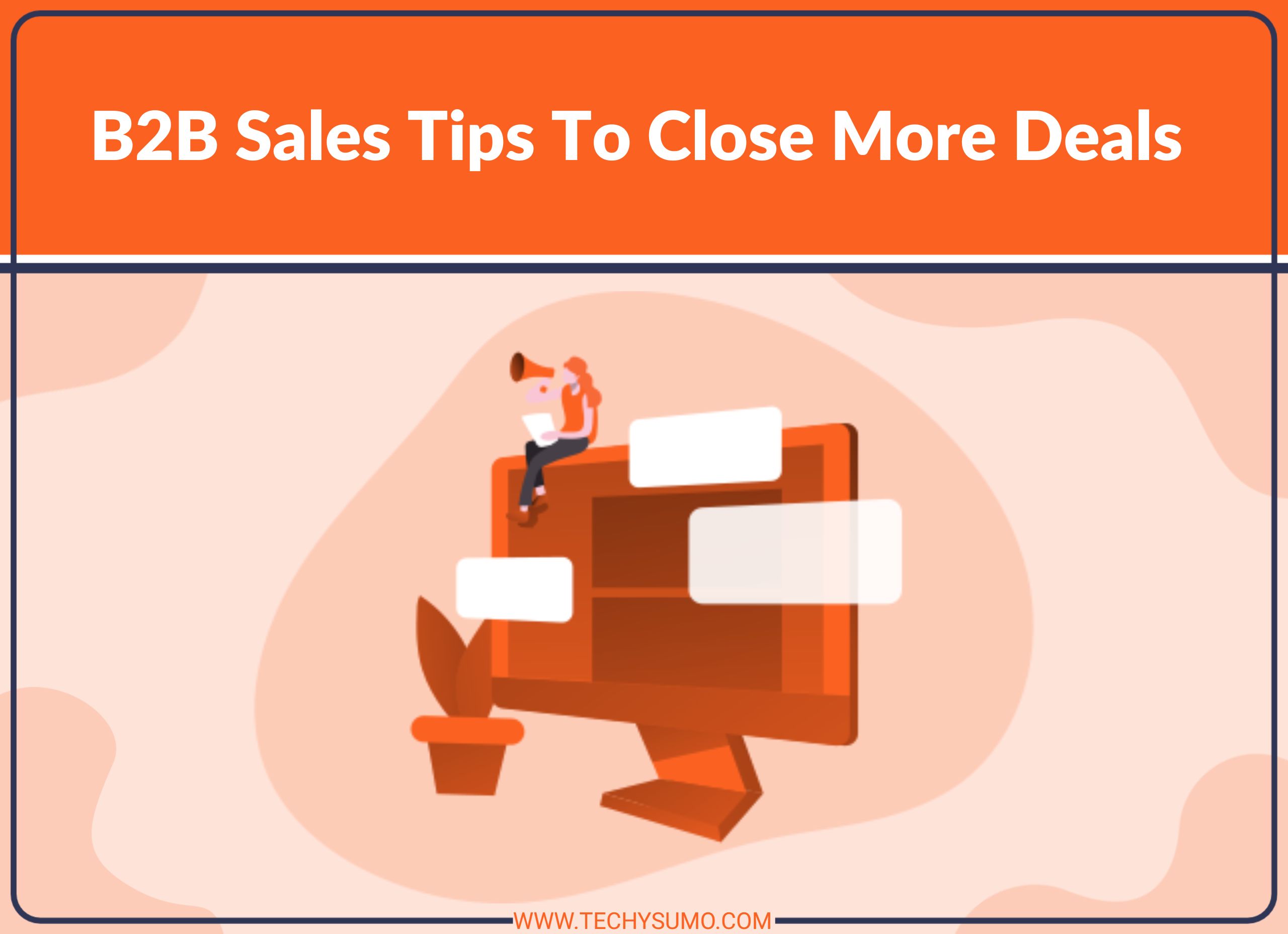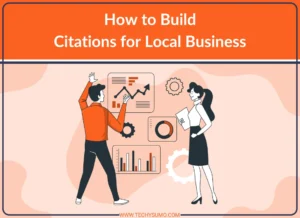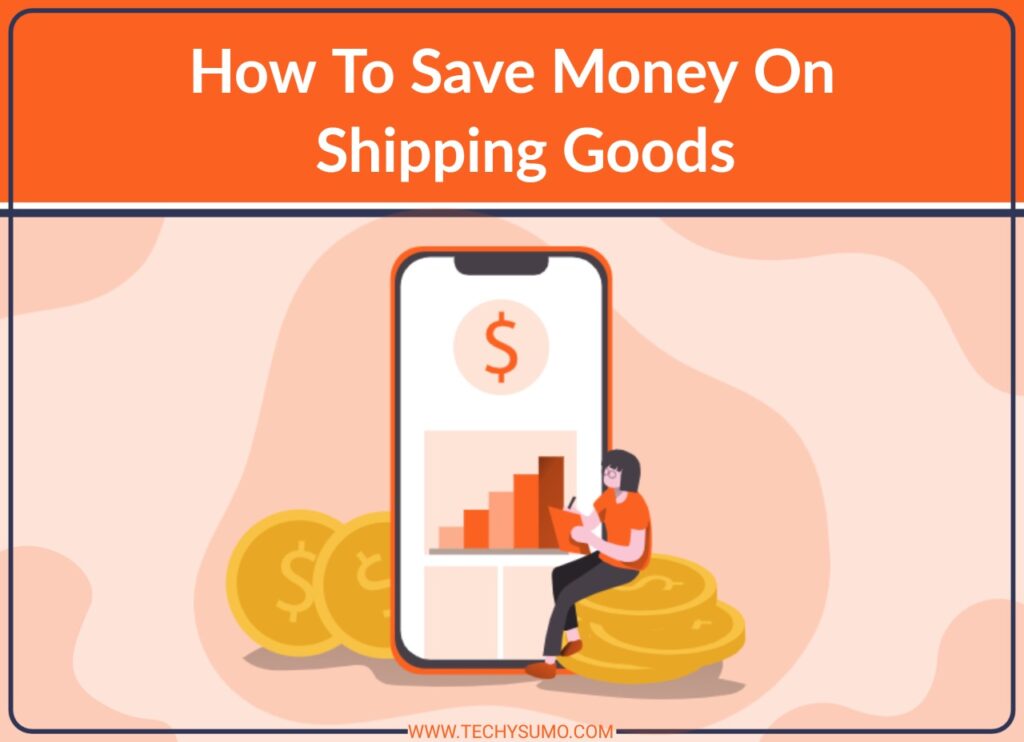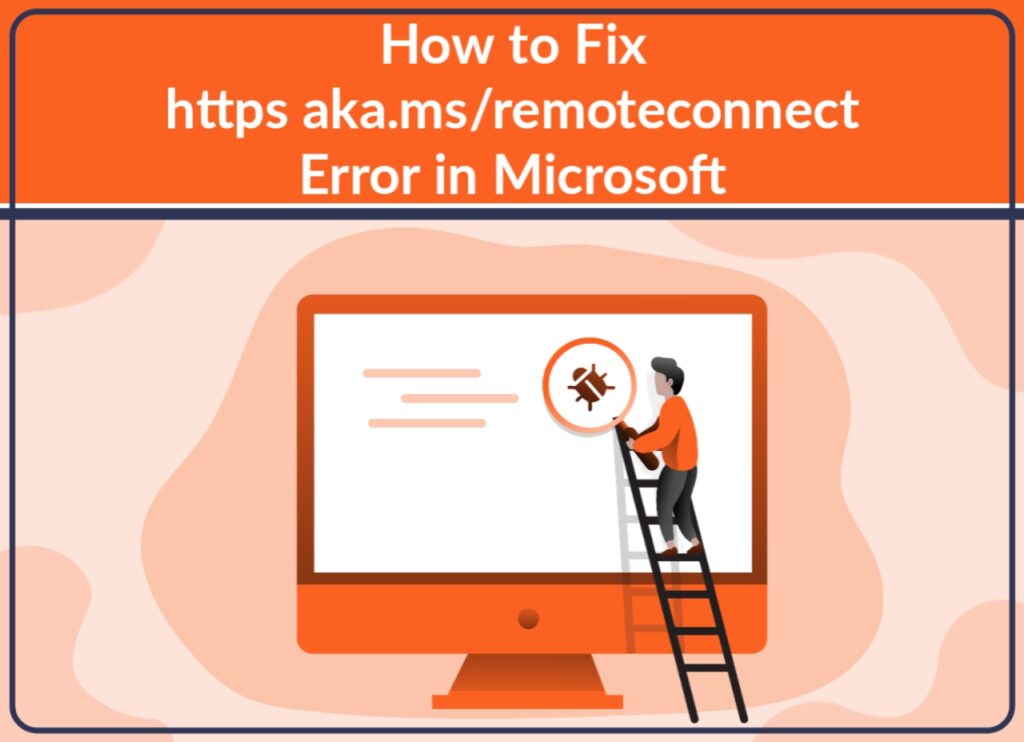Closing a sales deal can often be time-consuming and a challenging process. Especially if it’s a big company and you need to hit sales targets every day.
Did you just get a new lead? Great!
That’s the only starting tip of the iceberg. The real work starts when you have to close the deal. It’s certainly not an easy task. Depending upon the client and the nature of the sales process, it can take days, weeks, or even months to close the deal. It takes time to chase the prospects, and it’s also not confirmed whether or not the deal will close off. This means there’s a risk of things going south at any given time.
Now, it’s up to you to figure out if the deal is worth your time, effort, and money.
If the answer is no, then, you have to identify the areas to improve. Usually, there may be a gap in your sales funnel, affecting your growth and eating up your revenue.
Table of Contents
Also Read
The real reason for hindering your growth is something you need to find out for yourself. But we will be giving top B2B inside sales tips to identify the common issues and how you can solve them.
B2B sales tips to close more deals
Take the help of data to clarify your sales process

It’s a fact that there’s no perfect sales process. As time passes by, you need to continuously make improvements by measuring results and acting accordingly.
To calculate the sales results, you can focus on:
- Sales productivity metrics – help in pointing out efficiencies in your sales process.
- Average lead response time – helps in identifying how much time you take to answer queries. A quicker reply on time increases the chances of closing deals.
- Lead conversion time – helps in identifying the total number of qualified sales leads vs. total number of qualified marketing leads, which supports the pipeline building.
- Closed won opportunities – helps in identifying the ratio between closed-won deals and closed lost deals. This metric lets you know how efficient your closing tactic is.
Measuring and studying these metrics lets you know what is working and what isn’t. To speed up the process, you can use measuring tools and a CRM that automatically syncs up the sales activities. Then, you can check out your CRM and identify the areas where most prospects sign off. Later, you can make changes in your sales funnel accordingly.
While refining the sales process, see how much time you spent on one deal. Is it proportional to the lead size? Usually, 74.6% of B2B sales take four months to close the deals.
While refining your sales process, consider:
- Spending more time on big deals.
- Nurturing all the areas of the sales process each time.
- Promoting to take buying action only at the right time.
- Apart from the CRM, it also includes a project management tool, sales-specific tools, and automated live chat tools to speed up the process.
Identify your prospect’s buyer journey

Currently, many B2B prospects make their buying decision based on internal research. They use Google search, checking out review sites, social media, forums, free trials, etc.. Statistics show that:
- Around 29% of the prospects are actually eager to talk with a salesperson.
- About 57% of B2B prospects already make their decisions before talking with sales reps.
- 17% of all the sales cycle is spent finding future clients.
- Around 60-70% of prospects can complete their buying process without meeting with any salesperson.
- Before making any decision, 94% of customers do their online research.
This trend is more commonly seen in people (of 18 to 35 age) who are in decision-making positions. This is also an outcome of avoiding sales reps who focus more on closing deals rather than giving them a solution to their problems.
That’s why you need to understand the B2B buying process deeply and ask them questions accordingly:
- What problems are they facing?
- Where do they look for answers?
- What is the best solution for them?
- How many people are involved in the decision-making process?
- How many stakeholders are interested in making a decision?
- How do they implement a solution?
- How do they measure and analyze results?
While creating a buyer journey, find out where your prospects lie in the process:
- Are they looking to buy right now?
- Are they making a decision solely on price?
- Do they think their problem is worth solving?
Create a process for your buyer’s journey
The idea for creating a well-defined process for your buyer’s journey is to make sure that the strategies and budget you prepare lie on the most influential touchpoint. Like, you can change from creating brand awareness to actively listening to your prospects and solving their problems.
Building out your buyer journey helps you to choose effective ways to measure your brand performance, the customer’s interest, and how well you are spending your marketing budget. It will help you to:
- Stay up to date with your prospects’ needs and figure out unique solutions.
- Spend marketing budget at the right place while making sure that your prospects get the relevant information at the correct time.
As the buyer’s journey keeps on changing, it’s best to combine your sales and marketing strategies. Statistics show that:
- Those who have sales enablement strategies close 13.7% high-level deals.
- 68% of customers react positively to companies’ sales efforts after they consume their content.
- 95% of customers choose brands that provide them with more educational content.
In short, making a strategy for your buyer’s journey and sales process will help you to:
- Figure out what stage of the buyer’s journey are your customers at.
- Determine which sales strategies to follow first in order to close the deal. For example, it can be hard to set a meeting with a customer. But at different stages of the buyer journey you can actively engage with them.
- It also lets you know which leads to prioritize first and set a timeline to complete the process.
Also read 20 ways to improve customer acquisition.
Above mentioned are some of the few sales tips to help you close more deals. Let us know in the comments below, if you have any questions.






